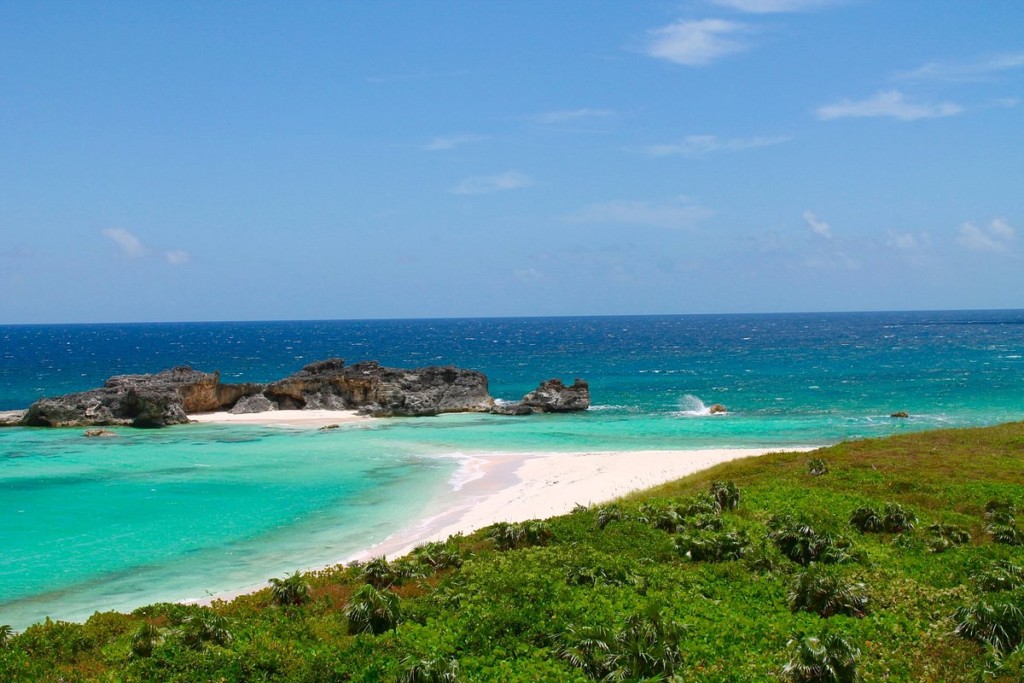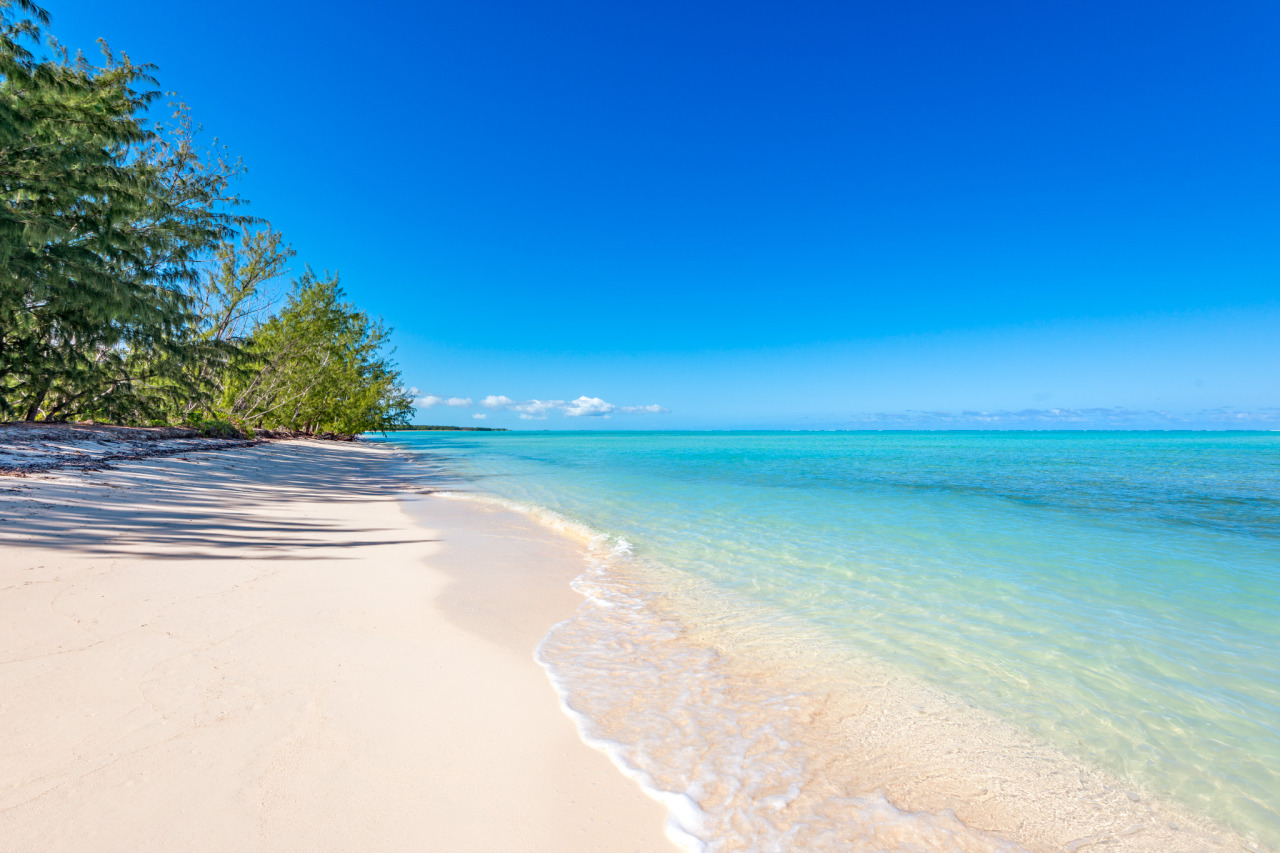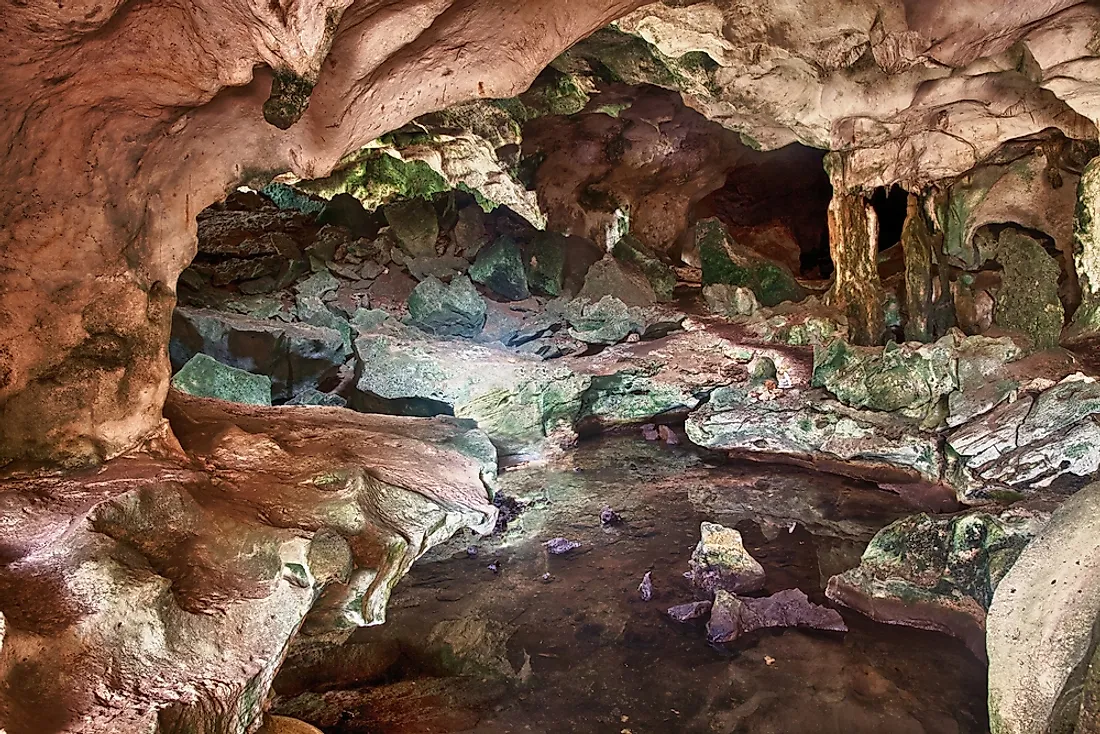Middle Caicos…
is the largest island in the Turks and Caicos Islands. To the west, it is separated from North Caicos by Juniper Hole, and to the east, from East Caicos by Lorimer Creek, both narrow passages that can accommodate only small boats. The island is known for its extensive system of caves and its significant Lucayan Indian archeological sites.
The island has an area of 144.2 km² within the high water mark and 294.1 km² within the shoreline. The difference between the two values is not accounted for as land area. It is part of the North Caicos and Middle Caicos District.
The resident population of Middle Caicos is estimated to be 275.
Middle Caicos Settlements : Lorimers Located at the northeastern middle end the Island, this inland village is situated along lagoon inlet. It is the smallest of three villages on Middle Caicos with a population of only 36.
Notable natural areas are the scenic Mudjin Harbour, located on the northern shore, and Conch Bar Caves. On the eastern part of the islands are the ruins of the Haulover Plantation. There are at least 38 Lucayan sites in Middle Caicos. Recent excavation has revealed that Middle Caicos was likely the principal settlement of Lucayan Indians in the subtropics. Evidence of Lucayan settlements dates back to 750 AD and archeologists believe that as many as 4,000 Indians once lived on the island.


Located east of Conch Bar about half a mile inland, this village is the second largest settlement on Middle Caicos. It’s notable as the only town in the Turks and Caicos Archipelago that has a name of African derivation. The village was reputedly first settled by survivors of the Spanish slave ship “Trouvadore” that sank off Middle Caicos in 1842.
Conch Bar is he largest of the three villages on Middle Caicos, Conch Bar is the home of the Island’s airport, it’s primary school and government offices. Nearby Conch Bar Caves National Park hosts the largest above-water cave system in the Bahamas. The Karst limestone caves were used as a guano mine during the 1880s. Lucayan Indian artifacts and the skeletal remains of animals were reportedly uncovered by the digging, but weren’t preserved.
